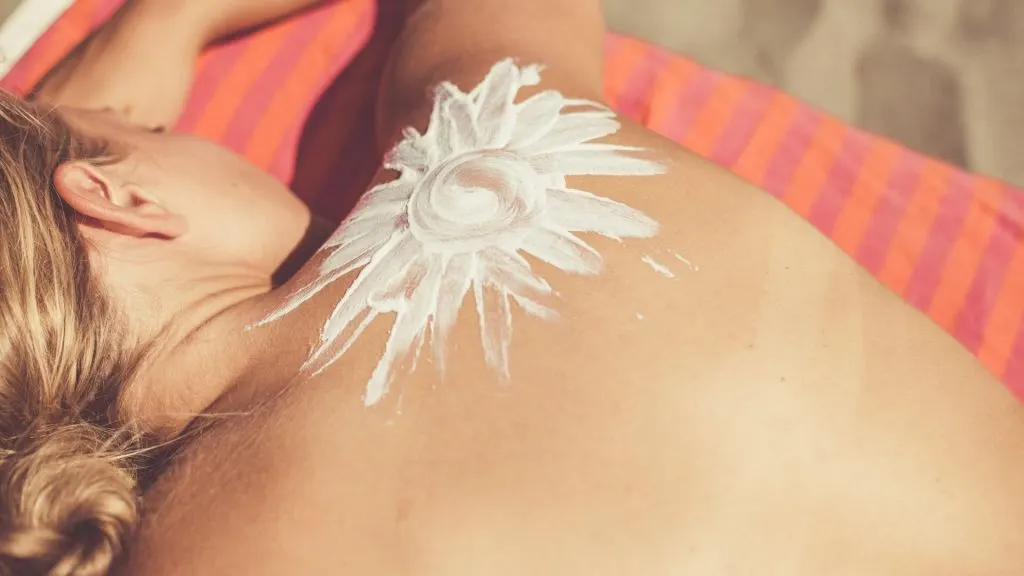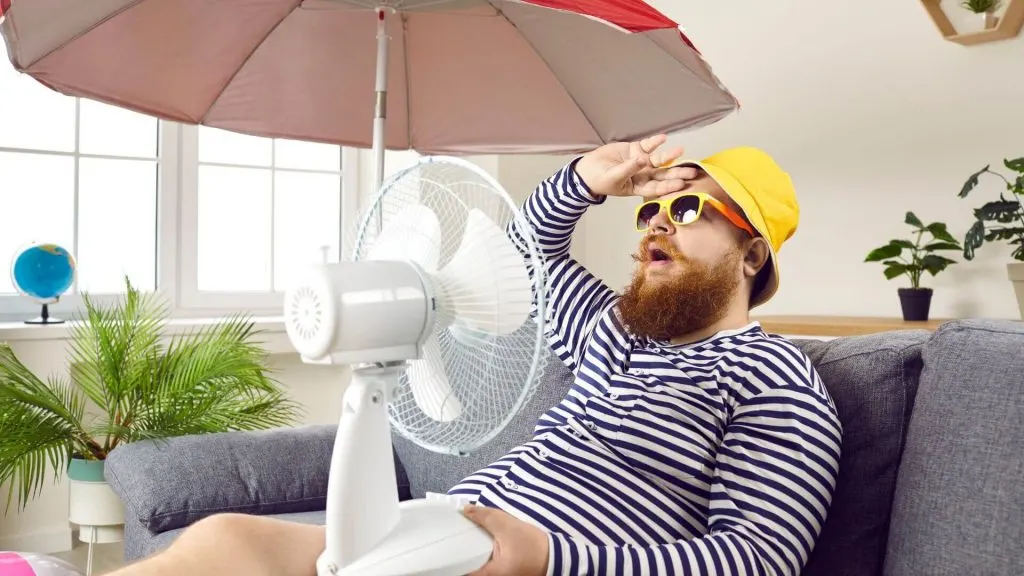There are plenty of things to love about summer: the clear skies, fresh fruits, ice cream, trips to the beach, and floral fashion. Still, though, the heat and sunlight that the season brings with it can be a little too intense for many people. There are health issues that become a lot more common during the summer season. These include heat-related conditions like dehydration and heat exhaustion; asthma attacks due to the increase in air pollutants; food poisoning from bacteria that thrive in hot and humid weather; and viral diseases. Then there are also diseases carried by insects such as ticks and mosquitoes, and an increase in the number of plants that trigger allergic reactions, such as poison ivy and poison oak.
But perhaps one of the issues that affect the greatest number of people during the hot season is heat rash. Also known as sweat rash, prickly heat, and miliaria rubra, heat rash appears as small raised bumps that form on a patch of irritated skin. It’s a painful condition that happens when excessive sweating blocks the sweat glands, and it appears near or in skin folds such as the groin, neck, and under the arms. While heat rashes typically get resolved over time, this doesn’t mean that you can’t do anything about them. Here’s how you can keep your skin clear of summer rashes.
Keep Your Skin Clear of Summer Rashes

Wear Breathable and Moisture-wicking Clothing
It’s not enough to just wear shorts and summer dresses, especially now that the world is getting hotter. Consider clothes and fabrics that can wick excess moisture and reduce your risk of getting skin irritations. If you want to avoid direct exposure to the sun, wearing antimicrobial leggings and tights can help you steer clear of harmful UV rays and protect your skin from microbes that thrive in warm, damp spaces.
Check out styles that give your skin coverage while allowing you to keep cool, thanks to fabrics that enable proper airflow and promote the quick evaporation of sweat and moisture. Athleisure tops also have these qualities and can help you avoid situations where you’ll be more prone to having heat rashes.

Take Cool Showers and Baths
Feeling hot and humid is sometimes inevitable, no matter how you’re dressed. If you feel sticky and damp, if your clothes are drenched in sweat, or if you just feel uncomfortably hot, take a cool shower or bath if you are able to. This will help you cool down quickly and wash away the sweat, oil, and dirt that may have accumulated on your skin so they don’t cause blockages to your sweat glands. If you’ve already developed a heat rash, the pain that accompanies the condition can be slightly alleviated by a cooling bath.
Avoid Intense Exercise in Hot Weather
Exercising when it’s already quite hot can lead you to sweat more profusely, which can then block your pores and sweat glands and contribute to the formation of heat rash. As much as possible, limit your physical activity when it’s hot outside. Instead of working out in the middle of the day, consider moving your exercise session earlier in the day or later at night, when the sun is much more forgiving.
To prevent sweat from staying on your skin for a long time and causing blockages, wear exercise clothes that can absorb sweat or allow your skin to breathe more freely. These garments will help you prevent the formation of heat rash caused by letting unevaporated sweat have prolonged contact with your skin.

Reduce Skin-to-skin Contact
Skin-to-skin contact can lead to excessive sweating, especially when it’s already hot. You may notice this in parts of your body that frequently rub against each other, such as your armpits and the area between your thighs. Whenever possible, try to put a layer of protection between these skinfolds. Wearing a T-shirt with loose sleeves, for example, can help prevent your arms and torso from sticking together, and so can wearing well-fitting shorts, tights, or leggings.
If made of a breathable fabric, these clothing items can promote the evaporation of sweat even in unexposed areas of the body. This, in turn, can help prevent the formation of heat rashes in the arms, thighs, and legs. A little bit of effort like this can go a long way in ensuring that you’re comfortable while also maximizing the opportunities presented by the season.
Use Fans and Air Conditioners If Needed
Keeping yourself comfortable in the heat of summer is an important component of preventing heat rashes from forming. If you’re feeling too hot, sticky, or damp from sweat, use a fan or turn down the temperature of the air conditioner to cool down and help sweat evaporate more quickly from your body and clothes. In addition to these tools, you can also use talcum powder or towels to help absorb sweat and ensure that you won’t form heat rashes despite the season.

Keep these tips in mind when faced with plenty of heat this summer so you can avoid developing prickly heat. Make sure to drink a lot of water as well, so you can keep sweating and regulating your body temperature, a function that plays an important role in preventing the occurrence of heat-induced illnesses.

Jessi is the creative mind behind The Coffee Mom, a popular blog that combines parenting advice, travel tips, and a love for all things Disney. As a trusted Disney influencer and passionate storyteller, Jessi’s authentic insights and relatable content resonate with readers worldwide.
